
Hattusa Trip and its History
For those who wish to explore the rich history of Anatolia, visiting the 18 precious sites on the UNESCO World Heritage List provides a great opportunity. Among these valuable areas, ancient cities stand out. The Hittites are considered one of Anatolia's first major civilizations. The heart of this civilization, Hattusa, rightfully deserves its place on this list.
Hattusa is one of the most important archaeological sites shedding light on the history of Anatolia. Thousands of years before the Turks arrived in these lands, the Hittites established an empire in this region, with Hattusa as its capital, making it a unique discovery area for history enthusiasts.
Located just a few hours from Ankara, Hattusa is an ideal destination, especially for weekend getaways. In this period when international travel is limited due to the pandemic, visiting Hattusa provides a great opportunity to get to know the deep history of Anatolia. Therefore, a trip to Hattusa can be an unforgettable memory that allows you to take a historical journey.
History and Significance of Hattusa
Hattusa's history dates back to around 5000 BC. This region hosted a native people known as the Hattians throughout history. The name Hattusa means "silver," the name given to the city of this ancient civilization. However, the traces of this culture were erased by the Hittites, led by Anitta, in the 1700s BC. After the death of this king, the city was reborn, and this time it started to be called Hattusa.
In the 1600s BC, Hattusa, known as Hattusa by the Hittites, became the central capital of Anatolia under the rule of the powerful Hittite leader, King Hattusili I. At the beginning of this period, the size of the city was only 75 hectares, and in the following years, this area expanded to 2 square kilometers.
The Hittites, successful in warfare, built temples dedicated not only to their own gods but also to the gods of the regions they conquered. This diversity led Hattusa to be called the "Land of a Thousand Gods." Throughout history, Hattusa was enriched not only with temples but also with grand palaces. With all these historical features, the question of "Where is Hattusa?" becomes important for many history enthusiasts.
Foundation and the Hittite Empire
Hattusa Antiquity City, a place that witnessed the impressive Hittite civilization for about 400 years. Among the best-preserved structures of this ancient capital, you can find temples, palaces, and walls from the time of King Tudhaliya IV. The history of Hattusa can be traced to the Hittites' era. The land that bears the traces of the Hittites also hosted many other civilizations throughout history, such as the Phrygians, the Medes, the Galatians, the Romans, and the Byzantines. The presence of the Turks in the region began in the 16th century, especially with the leadership of Melik Ahmet Gazi.
After this period, the Maraşlı Dulkadiroğulları, who were Turkmen tribes, settled in Hattusa and shaped the demographic structure of the region. Later on, this unique ancient city became a part of the Ottoman Empire. Due to its exceptional historical and cultural value, Hattusa was recognized as a World Heritage Site by UNESCO in 1986 and was placed under protection as a national park in 1988. Therefore, a trip to Hattusa is now a must for many travelers.
Strategic Location of Hattusa
Before asking "Where is Hattusa?" it's essential to have information about the strategic location of this city. Hattusa is known as the capital of the Hittite Empire in Ancient Anatolia and is located in the Çorum province of present-day Turkey. This historical city is situated at the intersection of important trade routes. This location allowed the city to prosper economically and culturally. It also had a strategic location for maintaining relationships with neighboring states during the Hittite Empire.
The Kızılırmak River near Hattusa provided the city's water supply and allowed for the irrigation of fertile lands for agriculture. The city was also surrounded by hills and steep cliffs. This made it difficult for enemies to enter the city, thus making Hattusa a safe capital for the Hittites for many years.
Hattusa on the UNESCO World Heritage List
Hattusa's historical significance and its contribution to the rich history of Anatolia are evident. Initially called "Hattu" when it was in the hands of its first inhabitants, the Hattians, the city's name was changed to "Hattusa" when it came under Hittite rule. By the 1700s BC, the city was destroyed by King Anitta of Kuššara. Anitta, the ruler of Kuššara, is recorded as the first king of the Hittites. However, about a century later, the city was rebuilt and this time began to be called Hattusa.
One of the main reasons behind Hattusa's inclusion in the UNESCO World Heritage List is its hosting of the Hittite civilization. It is also due to the many remnants that shed light on the great empire's history.
Places to Visit in Hattusa
Throughout history, Çorum, which has hosted many civilizations, is home to one of the most valuable points of cultural tourism with Hattusa Ancient City. Hattusa, with its deep-rooted history dating back to the 1600s BC, attracts the attention of not only Turkey but the world. If you want to breathe in the traces of history and be captivated by the enchantment of ancient times, a short trip to Hattusa will serve you well.
Hattusa City Gate (Büyükkale)
The Hattusa City Gate is one of the most impressive examples of the marks left by the Hittites on the stage of history. This gate is part of five magnificent gates located in the capital. These gates reveal the architectural and artistic abilities of the time.
The Lion Gate, adorned with lion figures, the Sphinx Gate featuring mysterious sphinx reliefs, the King's Gate that stands out with its grandeur, and the Earth Gate, which seems to symbolize the depths of the earth, make up the extraordinary structures of the Hittite capital. Each of these gates showcases the unique aspects of Hittite art and architecture, providing valuable information about the era. Therefore, a Hattusa vacation should include visits to these gates.
The most precious remnants of Hattusa's ancient civilization are collected in the Upper City area, which covers a vast area. This historic region is surrounded by protective walls and hosts various temples and palaces. These walls contain five strategic gates. The Sphinx Gate is located at an elevated point in Hattusa. The King's Gate and Lion Gate face east and west, respectively. The Earth Gate and Side Gate also present other intriguing areas of this ancient city.
Yazılıkaya Open-Air Sanctuary
Yazılıkaya, located within the Hattusha Ancient City, is undoubtedly one of the most captivating structures in history. Situated just 2 km away, it offers visitors a glimpse into the remnants of an ancient open-air sanctuary. Dating back to the 13th century BCE, this unique structure unveils the Hittite polytheistic beliefs through the extraordinary reliefs adorning its walls. The historical significance of Hattusha is further enhanced by this sanctuary.
While all the depictions of gods in this sanctuary are impressive, the Storm God Teshub and the Sun Goddess Hepat hold central importance. Those who wish to delve deeper into the unique treasures of Hattusha can visit the Museum of Civilizations in Çorum or Ankara, where historical artifacts excavated from this site are on display. Therefore, the question of "Where is Hattusha?" holds great importance due to all these beauties and intricacies.
Hattusha City Ruins
The Lower City, which dates back to the 19th and 18th centuries BCE, has stood the test of time since the era of the Assyrian Trade Colonies. Historical inscriptions found in the region indicate that the city suffered significant damage in the 18th century BCE. These inscriptions also highlight the leadership of Hattushili in the establishment of the city. Hattusha's historical legacy can be found everywhere in this area. The Lower City, bearing the traces of its era, offers visitors a journey into the depths of history.
The Upper City, covering an area of 1 km², serves as the focal point for temples and sacred spaces. The surrounding walls, the southern section, and the five gates atop these walls emphasize the historical and cultural importance of this area. Despite its sloped topography, this region continues to enchant visitors with its historical richness and architectural marvels. Therefore, it is highly recommended that anyone visiting Çorum also takes a Hattusha vacation.
Hattusha Museum
The question of "Where is Hattusha?" is essential, and similarly, the question of "Where is the Hattusha Museum?" holds significance. The Boğazköy Museum, located in the Boğazkale district of Çorum, was opened for visitors on September 12, 1966, and underwent comprehensive rearrangements in 2011. This museum houses valuable artifacts uncovered through excavations at the Hittite capital Hattusha, shedding light on prehistoric periods as well. The displayed artifacts are presented to visitors thematically and in chronological order.
The ground floor's first section includes artifacts dating from the Chalcolithic period and extending into the Old Bronze Age and the period of the Assyrian Trade Colonies. Subsequently, visitors encounter historical remnants from the Phrygian, Galatian, and Roman eras, concluding the journey with the Eastern Roman Period. This museum serves as a must-visit stop for those who wish to explore the rich history of Anatolia. As such, a Hattusha visit encompasses the Hattusha Museum as well.
Among the artifacts from Hattusha's ancient city, the two sphinxes found at the Sphinx Gate attract considerable attention. These historical treasures suffered substantial damage during a fire in 1907. To restore them to their former glory, they were moved to Berlin. After a meticulous restoration process, one of the sphinxes was returned to Istanbul Archaeology Museums in 1924. However, the other sphinx remained under the care of Berlin Museums until 2011. Since November 26, 2011, both sphinxes have been on display at the Boğazköy Museum for visitors to admire.
Upon passing through the gate that houses the sphinxes, visitors are greeted by the Hittite Hall, where details about Hittite state and social life are presented through captivating visual panels and unique artifacts. The museum also sheds light on the artistic aspect of the Hittite era by featuring a recreation of a stonemason's work. On the upper floor of the hall, you can delve into detailed information about Hittite religious rituals, military organization, writing systems, and valuable materials unearthed during excavations. The impressive model of Hattusha also finds its place on this floor. The museum's spacious garden not only showcases the sphinxes left by the Hittites but also original stones and tombstones from the Roman and Eastern Roman periods. The historical essence of Hattusha is strongly felt in this museum.
The Cultural and Archaeological Significance of Hattusha
Hattusha holds immense archaeological and cultural importance for world history. The Hittites, a significant ancient civilization that existed between 1600 and 1180 BCE, made a considerable impact in Anatolia. Hattusha served as the political, religious, and cultural center of this civilization. The city is renowned for the thousands of cuneiform tablets that document treaties, decrees, and religious texts from that era.
Excavations conducted in Hattusha revealed the unique architectural structure of the Hittites. Large temples, royal palaces, storage buildings, and city walls represent the city's impressive urban planning. The city boasts numerous carvings, sculptures, and frescoes that serve as excellent examples of Hittite art and aesthetics. These artworks provide valuable insights into Hittite artistic creativity and religious rituals. In 1986, Hattusha was designated as a UNESCO World Heritage Site, underscoring its importance as a place of historical significance and beauty.
The Cultural and Archaeological Significance of Hattusha
Hattusha holds immense importance in world history from both archaeological and cultural perspectives. The Hittites, a significant civilization that ruled Anatolia between 1600 and 1180 BCE, played a crucial role in shaping this ancient city. Hattusha served as the political, religious, and cultural hub of this civilization. The city is famous for the thousands of cuneiform tablets on which agreements, decrees, and religious texts were written during this period.
Excavations in Hattusha have revealed the unique architectural structure of the Hittites. This capital city, surrounded by grand temples, royal palaces, storage buildings, and city walls, holds considerable significance in terms of architectural planning. Many reliefs, statues, and frescoes within the city represent exceptional examples of Hittite art and aesthetics. These artifacts provide detailed insights into Hittite artistic creativity and religious rituals. Furthermore, in 1986, Hattusha was included in the UNESCO World Heritage List, further confirming its importance as a place of historical significance and cultural value.
Hittite Inscriptions and Hattushili Monuments
The cuneiform tablets found in Hattusha provide valuable information about the Hittite language. These tablets offer insights into various aspects, including Hittite law, religious beliefs, and international relations.
Archaeological Excavations and Discoveries
Recent archaeological work in Hattusha has shown a change in focus. While previous years predominantly concentrated on palaces, temples, and state buildings, recent excavations pay more attention to daily life in the city, its economy, and relationships between different regions. This shift allows for a better understanding not only of the official structures in Hattusha but also how its civil society functioned.
Years of excavation work in the Upper City primarily aimed to shed light on the history and development of the settlement in this region. Initially limited to temples and official buildings, the excavations have raised questions about whether there was civil settlement in the Upper City. Recent findings suggest that the settlement in the Upper City likely began around 1530 BCE rather than the 13th century BCE as previously believed and expanded from there. This area reveals remnants of civilian life alongside the presence of military structures.
Lately, excavation efforts have also focused on the Lower City of Hattusha. These excavations confirm the activity of Assyrian merchants in the Hattuš karum and reveal a natural evolutionary connection between the pre-Hittite and Hittite periods. Moreover, similarities in lifestyles, housing structures, and economic practices between these two eras are striking. Curiously, the neighborhood in the Lower City was abandoned in the early 15th century BCE, allowing the Great Temple to take a more prominent place in the city's landscape.
Hittite Art and Artifacts Found in Hattusha
Visitors to Hattusha are often curious about the prominent artifacts they can see in this ancient city. Some of the most important artifacts in Hattusha include:
- King's Gate
- Great Temple
- Open-Air Sanctuary
- Bitik Amphora
- City Gate
- Sphinx Sculpture
- Stag-Shaped Rhyton
- Lion Gate
- Büyükkale (Great Castle)
Hattusha Visit and Practical Information
Before embarking on a trip to Hattusha, it's essential to know how to get there. The following information will help you learn where Hattusha is located and how to reach it.
How to Get to Hattusha?
It's important to note that Hattusha can only be reached by car. To get to Hattusha from Çorum, the best route is to take the D795 road and follow the direction toward Hisar Mahallesi on the Boğazköy road. If you choose this route by car, you can reach Hattusha with ease. If you plan to start your journey from Alacahöyük, you can connect to the Kırıkkale-Tokat Road and then take the Boğazköy Road to reach Hattusha Ören Yeri (Hattusha Archaeological Site) in Hisar Mahallesi.
Entrance Fees and Visiting Hours
During the summer season, from April 1 to October 1, Hattusha can be visited from 08:00 to 19:00. In the winter season, which spans from October 1 to April 1, the visiting hours are from 08:00 to 17:00. Additionally, there are specific regulations established by the Turkish Ministry of Culture and Tourism for entry to museums and archaeological sites. As per the 10th article of these regulations, these sites are closed until 13:00 on the first day of religious holidays.
Hattusha Travel Tips
Exploring Hattusha covers a vast area, and you'll do a fair amount of walking. It's a good idea to carry water and some snacks for energy. Also, since there are numerous archaeological structures, wearing comfortable clothing and shoes is advisable. Hattusha has a rich historical atmosphere, so bringing your camera is recommended to capture its timeless beauty.

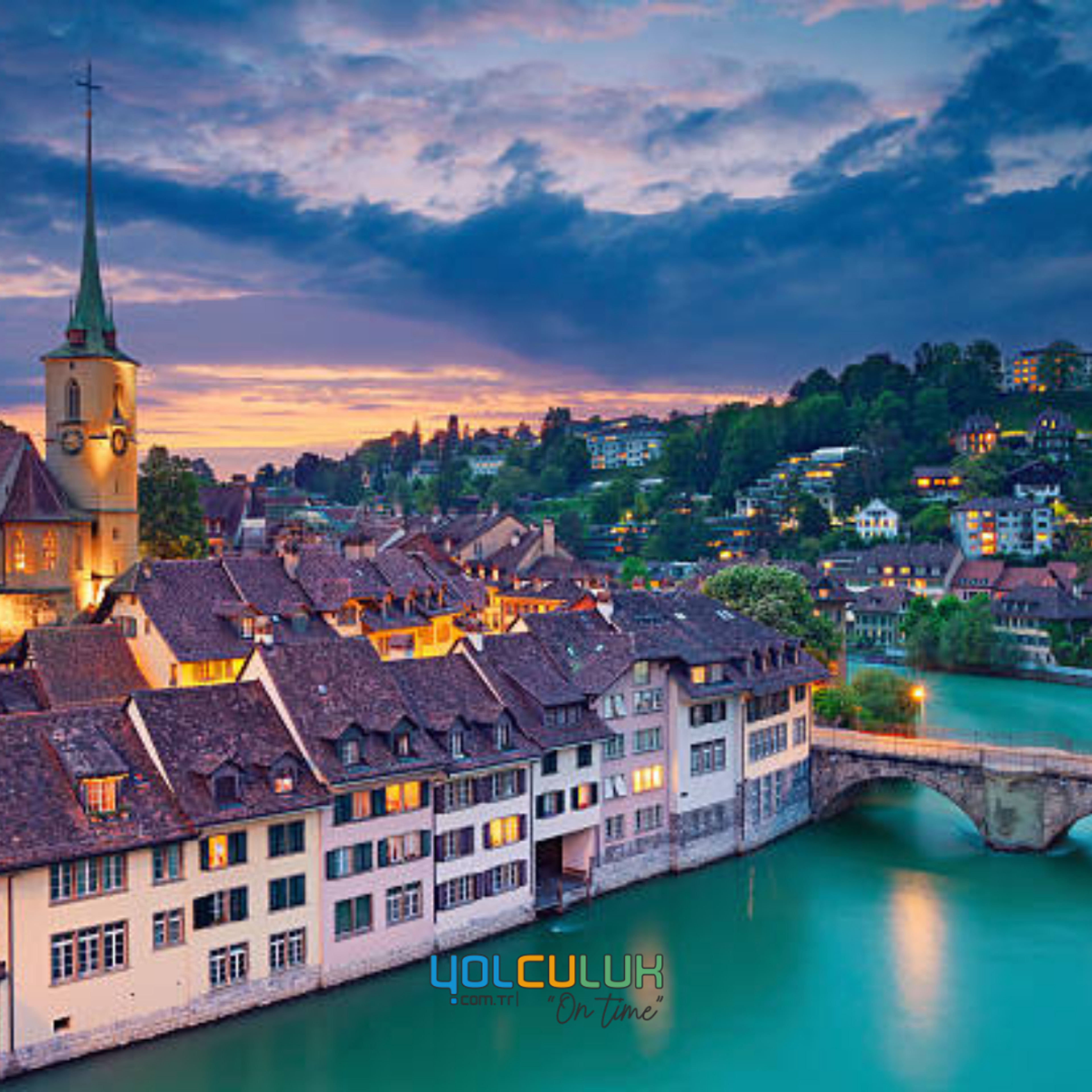
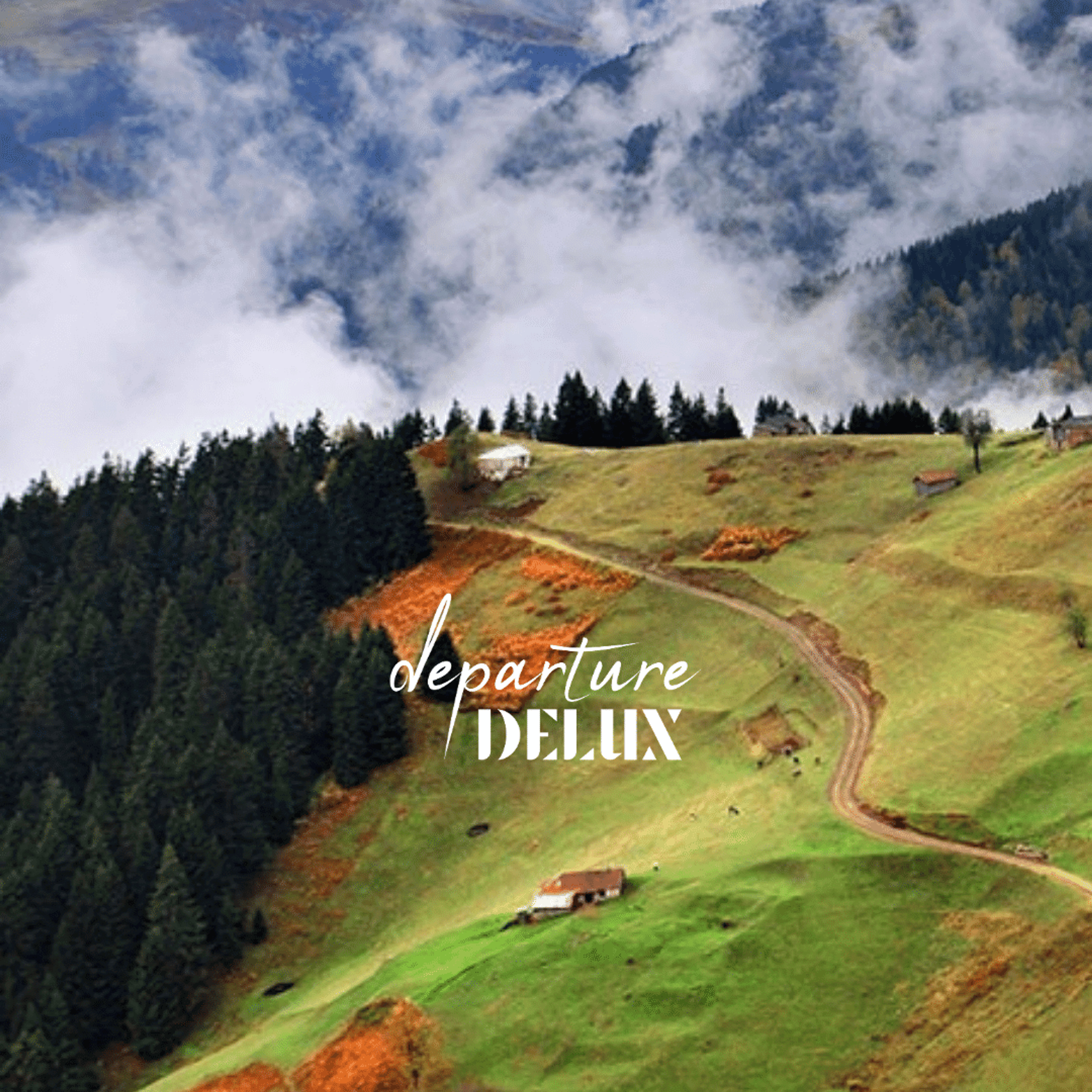








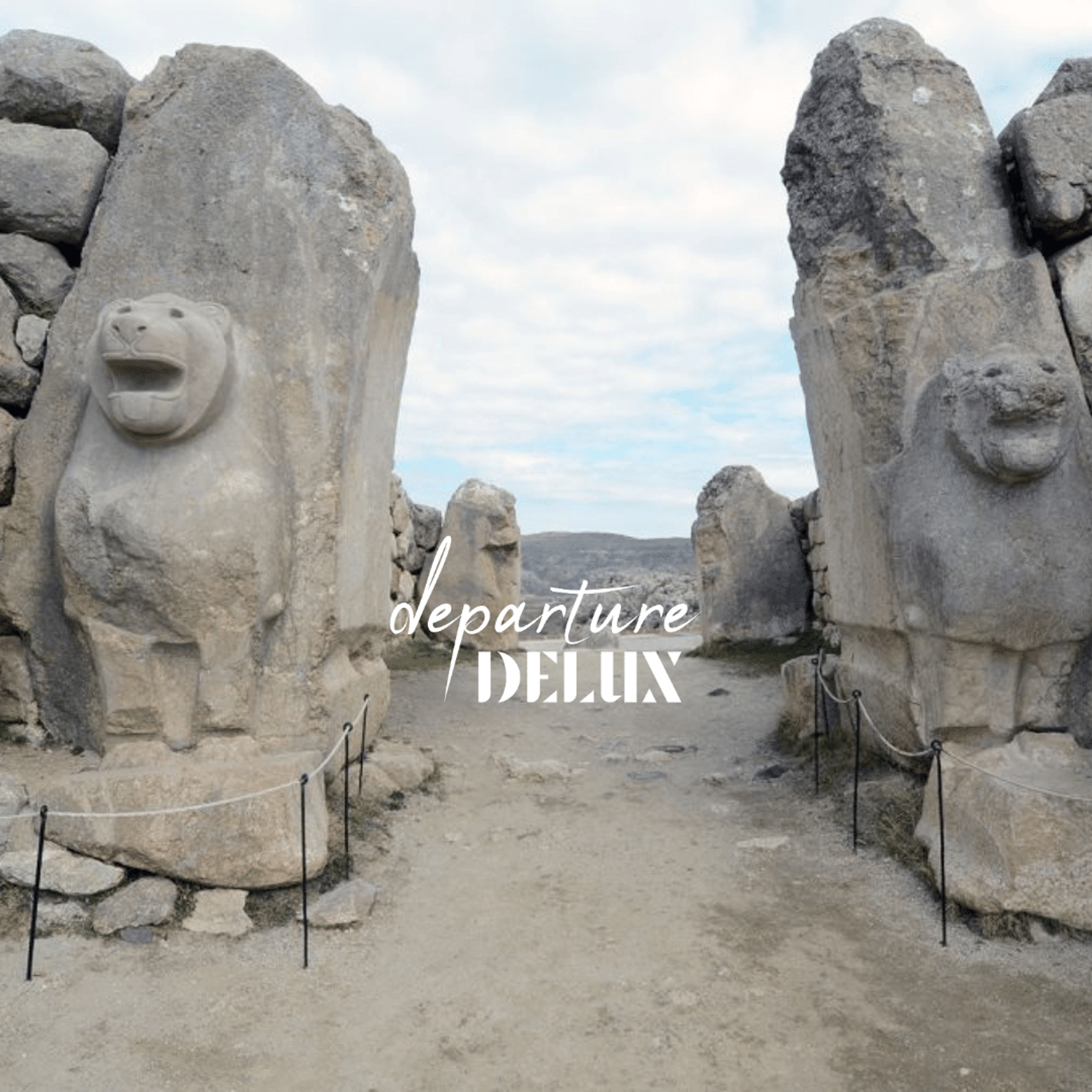





















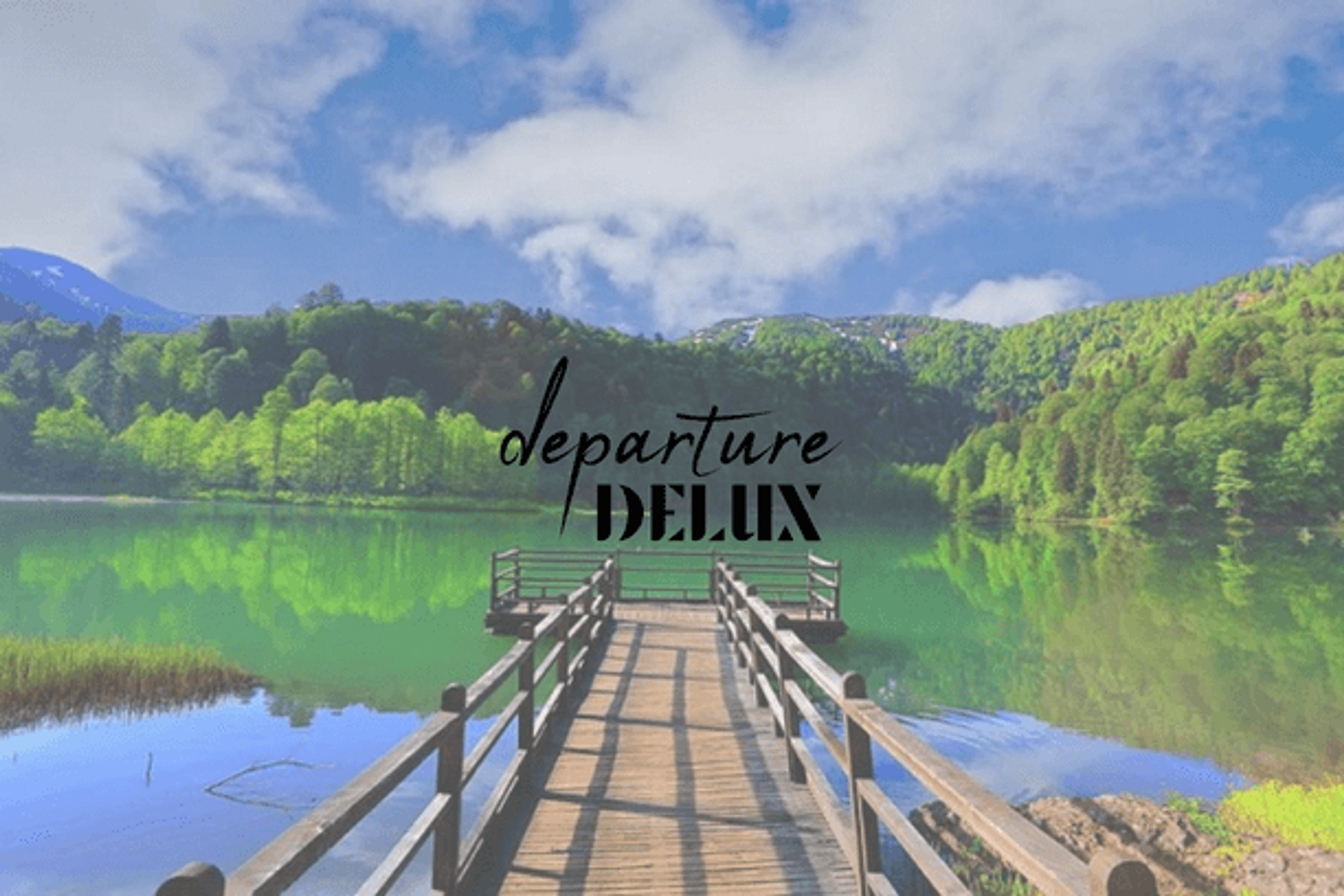




































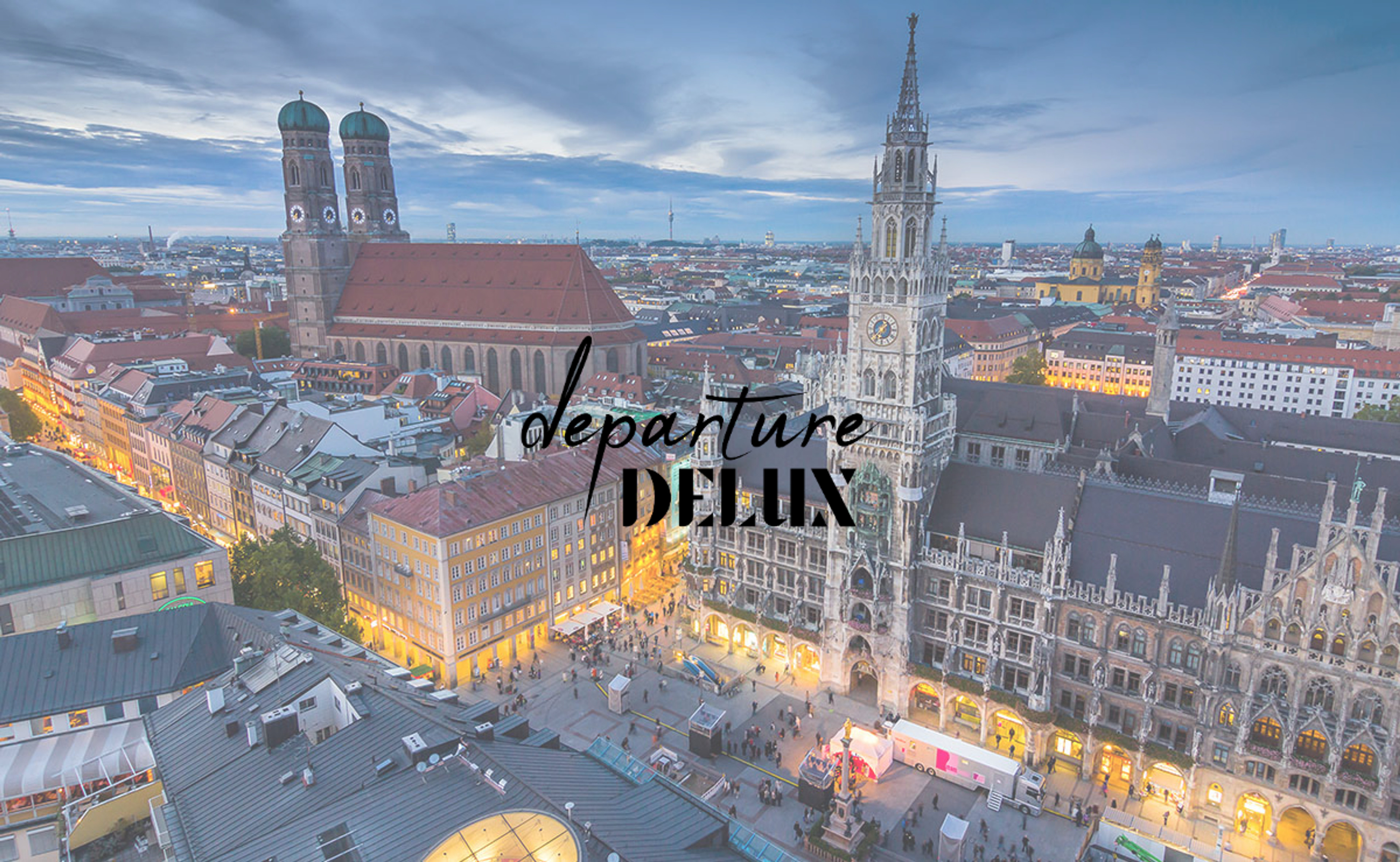



_(1).png?alt=media&token=d0c3f375-a033-40ff-a597-2ea8d36d1894)
_(1)_(1).png?alt=media&token=188b1fac-8ca3-4694-8ee7-1b09b20d0bb9)
